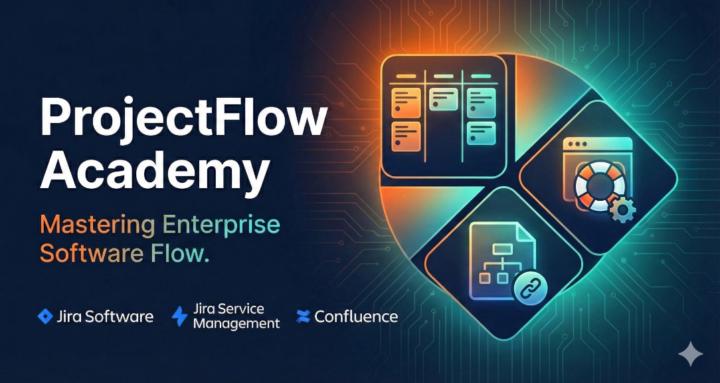Jul 20 • Tutorial
Jira Plans: The Ultimate Roadmapping Tool You're Not Using (Premium Guide)
Most teams struggle with project visibility across multiple initiatives. You've probably tried timelines, dashboards, and various reporting tricks, but here's the truth: if you need real roadmapping power in Jira, Plans is the game-changer you're missing.
Plans is part of Jira Premium, and yes, it doubles your licensing cost compared to Standard. But after implementing it for enterprise clients, I can tell you when it's worth every penny - and when it's overkill for your needs.
Why Plans Beats Timeline: Jira's timeline is decent, but it has major limitations. Timeline only supports issues linked to epics, doesn't support initiatives in team-managed projects, and can't import tasks from other projects. Plans solves all these problems while adding powerful reporting capabilities that turn it into more than just a roadmap tool.
Getting Started: You can't mix Standard and Premium licenses - it's all or nothing for your entire organization. Atlassian usually offers 30-day trials, which is enough time to properly evaluate.
Start simple with one project, not multiple sources. You can create a demo plan that automatically generates a sample project, or connect to existing projects using boards, custom filters, or direct project selection.
The Real Power: Plans supports any Jira project type - Scrum, Kanban, JSM, and business projects. I've got JSM clients using Plans for service roadmaps, which works brilliantly. The key feature is support for issue types above epics (initiatives), creating proper hierarchy for large-scale planning. However, initiatives require company-managed projects - team-managed projects can add them but won't show proper hierarchy.
Visual Planning Magic: Everything is drag-and-drop visual. Move an initiative and all belonging epics move with it. You can create issues directly in Plans, change dates, adjust status, and plan scenarios A, B, or C. Critical point: changes exist only in Plans until you save/commit them to Jira. This planning mode lets you experiment without affecting live data.
Multiple Views: Switch between timeline (visual) and list views. List view shows progress reporting - how many tickets are in progress, closed, etc. You can customize columns, add custom fields, and filter by hierarchy levels.
Want to see only epics to sub-tasks without initiatives? Easy filtering handles this.
Advanced Features: Dependencies mapping creates visual links between issues, showing blockers and relationships across projects. Sprint capacity view shows which sprints contain which issues. Calendar view provides timeline context. Programs feature (borrowed from Jira Align) offers safe methodology planning, though it's still in early development.
Reporting Capabilities: This isn't just planning - it's powerful reporting. Progress tracking shows completion status across epics automatically. The Summary feature is so good that clients tell me "we don't need those dashboards you created anymore because we see everything we need in one location." That's high praise for built-in functionality.
Confluence Integration (Hidden Gem): Here's the killer feature most people miss. You can share any Plans view directly to Confluence pages. Click Share → Confluence, copy the link, paste into any Confluence page, and your roadmap appears dynamically. Perfect for executive reporting without manual updates. The view refreshes automatically when Plans data changes, or you can convert to static PDF if needed.
Who Should Use Plans: Organizations managing multiple projects simultaneously, teams needing executive-level roadmap visibility, groups requiring cross-project dependency tracking, and companies wanting integrated planning and reporting. It's particularly valuable for portfolio management and stakeholder communication.
Who Should Skip It: Small teams working on single projects, organizations happy with basic timeline functionality, teams not needing initiative-level planning, and groups where the premium licensing cost outweighs roadmapping benefits.
Implementation Strategy: Start with one project to learn the interface. Focus on proper hierarchy setup (initiatives → epics → stories → sub-tasks). Train stakeholders on the visual planning approach. Use scenarios for what-if planning. Leverage Confluence integration for executive reporting.
Bottom Line: Plans transforms Jira from project management tool to strategic planning platform. The visual roadmapping, cross-project visibility, and automatic Confluence integration create workflows impossible with standard Jira. If you're managing multiple initiatives and need stakeholder visibility, the premium licensing pays for itself through improved planning efficiency and executive communication.
Ready to test Plans? Grab that 30-day trial and focus on one project initially. Once you see the roadmapping power and Confluence integration, you'll understand why my clients say it changes how they think about project planning.
0
0 comments
powered by

Suggested communities
Powered by
